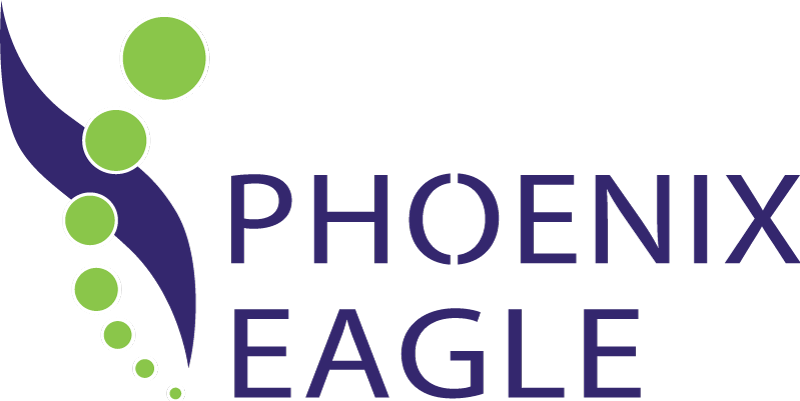Clinical Research
We have a large number of clinical case histories attesting to the therapeutic and cosmetic properties of OPAL products and in particular OPAL A.
We've focused our research on OPAL A and its effect on dermal ulcers of all aetiologies because of the remarkable results from the use of OPAL A on a variety of ulcers.
A clinical trial was conducted at the Quadriplegic Centre in Shenton Park, Perth, Western Australia between November 2003 and June 2004. All of the patients that were treated showed noticeable improvement to what had been non-healing ulcers.
A number of reports on the outcomes from treatment of dermal ulcers and burns have been written by medical researchers and clinicians and several papers have been published in Wound Practice & Research, the journal of Wounds Australia.
Professor Geoffrey Mitchell, of the School of Medicine at The University of Queensland, has written a number of reports, conference presentations and published papers on the clinical effects of OPAL A. He has received approval from the Therapeutic Goods Administration to use OPAL A as an unapproved therapeutic good for the treatment of non-healing venous and pressure ulcers under the Approved Prescriber Scheme. He has had positive results in all the patients that he has treated to date.
Associate Professor Michael Woodward of the University of Melbourne and head of the Wound Clinic at the Heidelberg Repatriation Hospital was also approved to use OPAL A under the Approved Prescriber Scheme.
In January 2010, a Phase II proof-of-concept clinical trial to investigate the safety and efficacy of OPAL A in the treatment of venous and pressure ulcers was commenced at the Heidelberg Repatriation Hospital in Melbourne with Associate Professor Michael Woodward as the principal investigator.
The trial was set up as a randomised, single-blind, placebo-controlled trial, with the placebo consisting of a filtrate and cream derived from pawpaw that had not been subjected to the OPAL process. Screening in a 4-week Run-in Stage ensured that only truly hard-to-heal ulcers would be admitted to the Randomised Stage of the trial; with any subject that showed significant improvement in the Run-in Stage being excluded from the trial.
This trial was temporarily halted at the end of 2010 due to a lack of funding, partly caused by the majority of trial subjects responding well to best-practice treatment in the Run-in Stage and thereby being screened out of the Randomised Stage. The preliminary results of the trial were released in a poster presentation at the biennial Australian Wound Management Association conference at the Gold Coast in May 2014.
We intend to re-commence the trial upon securing appropriate funding.
